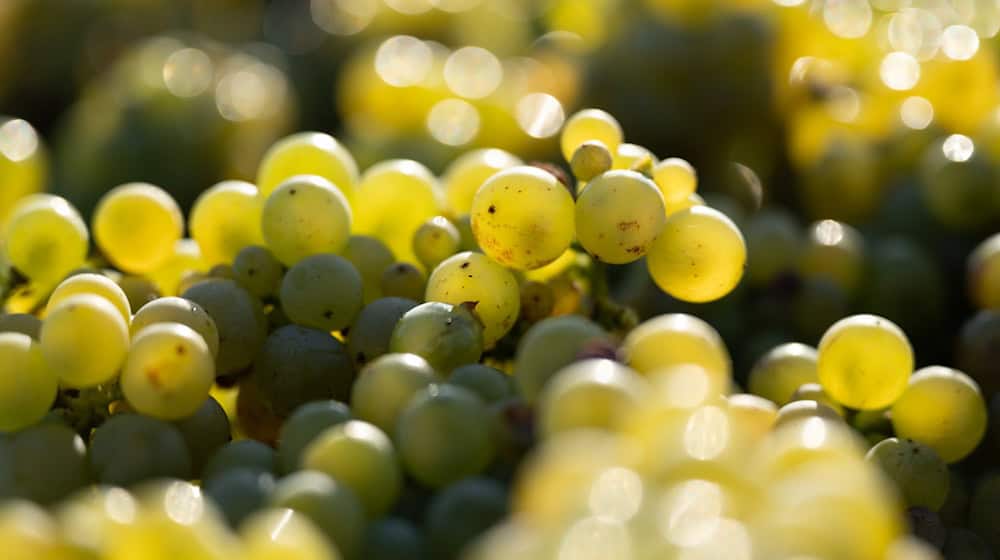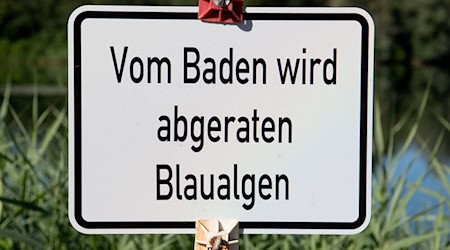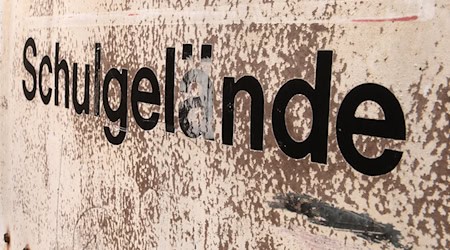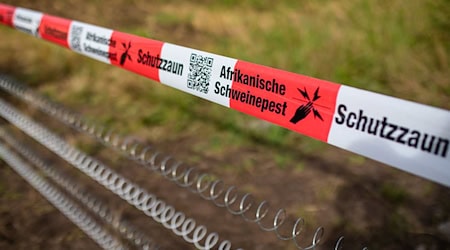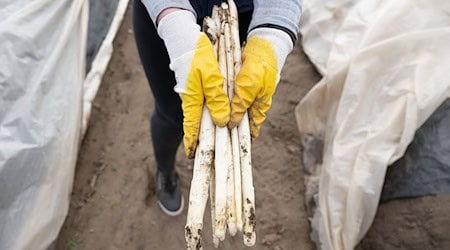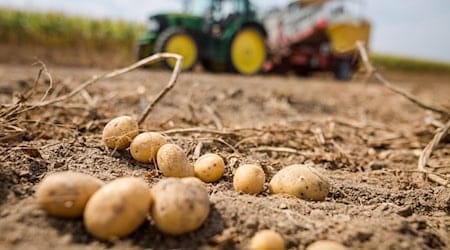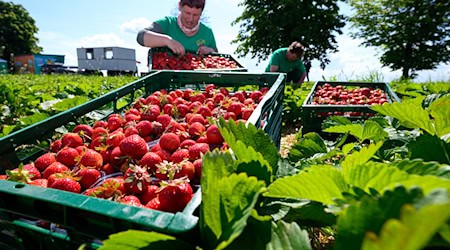After almost six weeks, the grape harvest in Saxony's Elbe Valley has come to an end. "The majority of winegrowers finished in September," said Felix Hößelbarth, Chairman of the Saxony Winegrowers' Association. As expected, the quantity is probably only 20 to 30 percent of a normal harvest. The association expects 800 liters for the entire growing region. "The quality is very good with a low quantity." The beautiful dry weather with plenty of sunshine has given the fruit a healthy ripeness. "No rot, wonderful, healthy grapes."
Good quality and vital vines for the 2025 vintage
The very short and speedy harvest also ends two to three weeks earlier than usual. In view of the quality of the harvest, the winegrowers are optimistic about the wine from the challenging 2024 vintage. "Ripe, healthy grapes make for a good vintage", Hößelbarth is certain and emphasizes: Despite the losses, there is "plenty" of grape juice from Saxony's Elbe Valley due to the two good harvests in previous years. "We are able to deliver, wine lovers need not fear that nothing can be served."
Despite all the difficulties, 2024 also has something good, according to Hößelbarth: "The vines are bursting with vitality. They had almost an abundance of water and good weather and were also able to recover because they had to produce fewer grapes and were able to invest in trunks and foliage. "For 2025, we are going into the 2025 season with very well supplied, strong vines." These are ideal conditions "to be optimistic".
Vintage forecast confirmed
The grape harvest in the Elbe Valley began at the end of August, two weeks earlier than usual in line with the trend of previous years. Due to the varying ripeness of the fruit and the resprouting after late frosts in April, it was stretched out over time. It was already clear beforehand that the capricious weather would lead to considerable damage in Germany's smallest wine-growing region - the second budding of the vines was only able to compensate for this to a very limited extent. "We fought for every vine," said Martin Junge from the Saxon State Winery Schloss Wackerbarth. Nevertheless, the yield is only around 20 percent of a normal year - as feared.
Picking will continue in the vineyards around Radebeul until next week. Late Riesling grapes, some of which were harvested earlier as a base wine for sparkling wine, are also ripening fully. At Wackerbarth, they are satisfied with the quality, said Junge. High must weights, low acidity and a suitable aroma are a solid basis for our cellar masters to make wines that are typical and appreciated for our growing region - "finely fruity, elegant and with finesse".
Copyright 2024, dpa (www.dpa.de). All rights reserved

